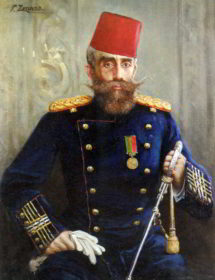| Nationality | Austrian, Italian |
| Skills | September 18, 1854 (Masi, Padua, Austrian Empire) |
| Born | 19 July 1929 (Sanremo, Italy) |
| Painting Style | Orientalism, Realism |
Around 19th century, people of Istanbul used to have scribes to write or read their letters as they had very low literary knowledge. This oil-on-canvas painting shows one of those days. Artist Fausto Zonaro was born in Masi, which was in Austrian Empire, in 1854. He was very much interested in painting from the beginning and his parents decided to encourage his skill. After learning in a Fine arts Academy in Verona, he opened his own art school in Venice. But he was not fully happy with his way of life. He found the satisfaction in Istanbul. He attained the attention of aristocratic circles and started receiving works from them. Being pleased with his paintings, he got the title of court painter. Now we can […]



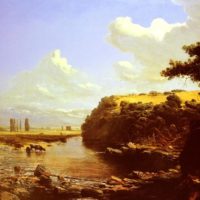



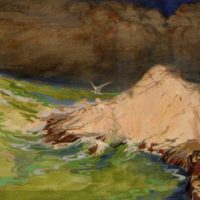
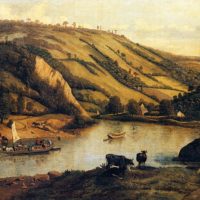

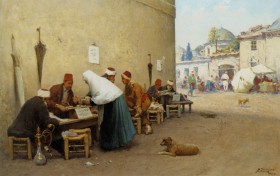

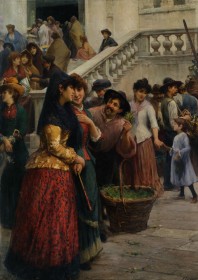



 (3 votes, average: 4.67 out of 5)
(3 votes, average: 4.67 out of 5)